The Fukushima Daiichi nuclear disaster is the uranium equivalent of 20 Hiroshima bombs, the head of the Japanese Radioisotope Center told Japanese lawmakers on July 29—the video of his testimony recently went viral.
After receiving approximately 300,000 hits and generating lively online debate from Japanese viewers, the video was removed. It has subsequently been reposted—separated into three shorter segments.
Professor Tatsuhiko Kodama, the head of the center can be seen reporting his findings with an aggravated expression on YouTube, saying that the Fukushima plant spews out almost 30 percent more radioactive mass than the Hiroshima bomb did.
Even worse, he says, the radiation from the bombing decreased to one-thousandth of the original in one year, while the nuclear plant’s radiation will decrease to merely one-tenth. Kodama calls this “frightening.”
In the video, Kodama compares the Fukushima disaster to Chernobyl, and says it’s the equivalent of 10 nuclear bombs in terms of radiation.
He expressed his anger toward the Diet, Japan’s legislature on July 29, for failing to protect people from internal radiation exposure. He cites the report of 2 to 13 Becquerel detected in the breast milk of seven mothers in Fukushima. A Becquerel is one radioactive event per second.
A Ministry of Agriculture, Forestry, and Fisheries notice issued on March 19 stated that radioactive particles could land in animal feed, food, water, or gasoline, according to Kodama. Hence, all of these products were ordered removed from affected areas.
But farmers wouldn’t have seen the paper notice so they bought feed from abroad for hundreds of thousands of yen (thousands of U.S. dollars), then fed their cows the same groundwater farmers themselves drank, leading to major radioactive contamination, despite the notice.
Kodama said the solution to this would be to install advanced survey meters to inspect food. “[But] after three months, the government has done no such thing and I am shaking with anger,” he said.
“The Diet is to blame for leaving such situations as they are,” he says, adding that the government has forced 70,000 people to move because of the disaster, but only compensates those in “official evacuation zones.”
Two weeks later, on Aug. 12, Kodama was quoted in The Japan Times saying that Tokyo is safe from radiation. He mentioned that his grandchildren are faring well in the city. “My two grandchildren swim outside in the pool, and there is no concern with the safety of food at this point.”
About the same time, Kodama appeared in a television program, with a bright smile, explaining why he had to tell the truth about the nuclear disaster regardless of the consequences.
“What people want from specialists is not the word of compromise that politicians are good at. They want specialists to call danger a danger,” he said.
“If the public know the risks, they will be determined to solve the problems no matter how much effort it may take. They will be determined.”
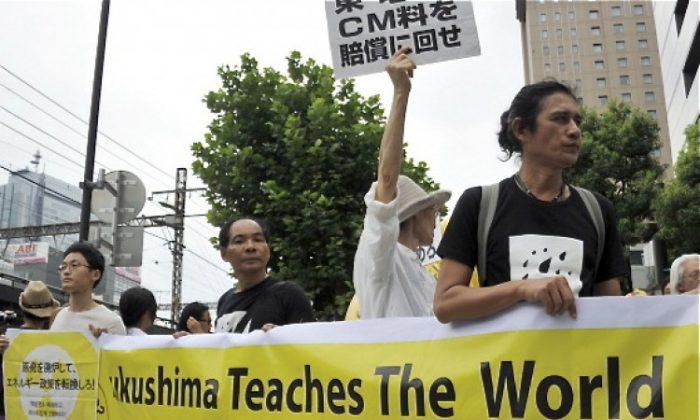
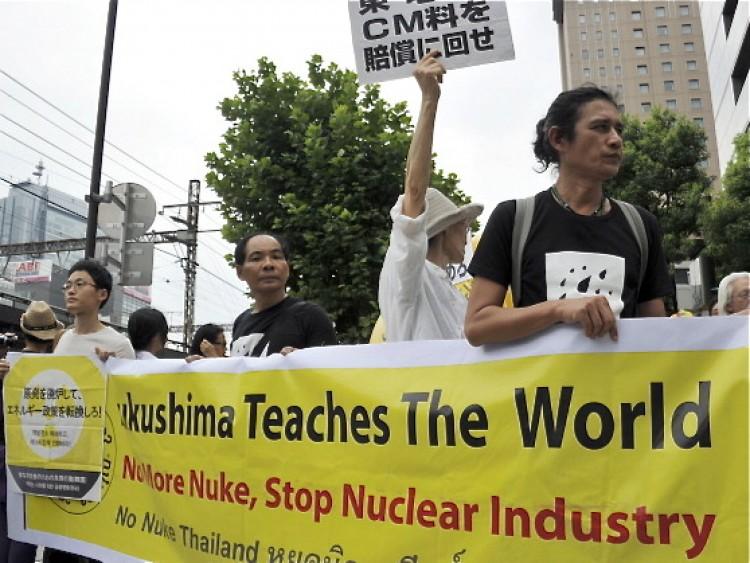
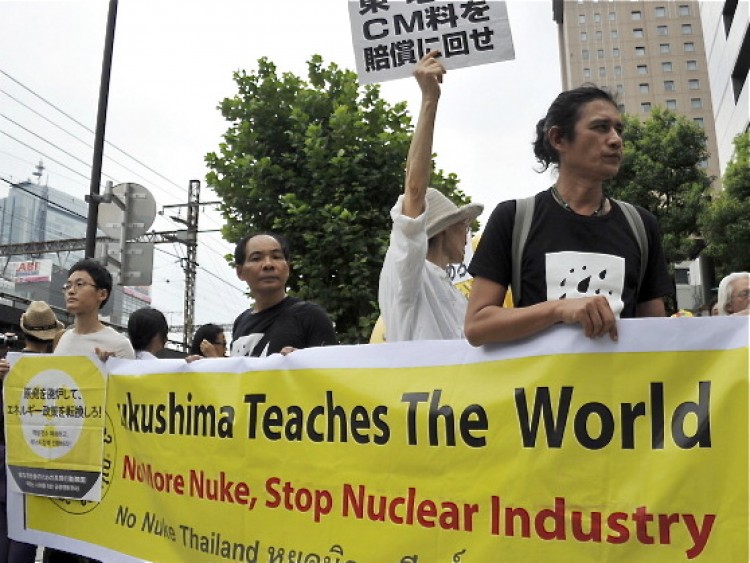
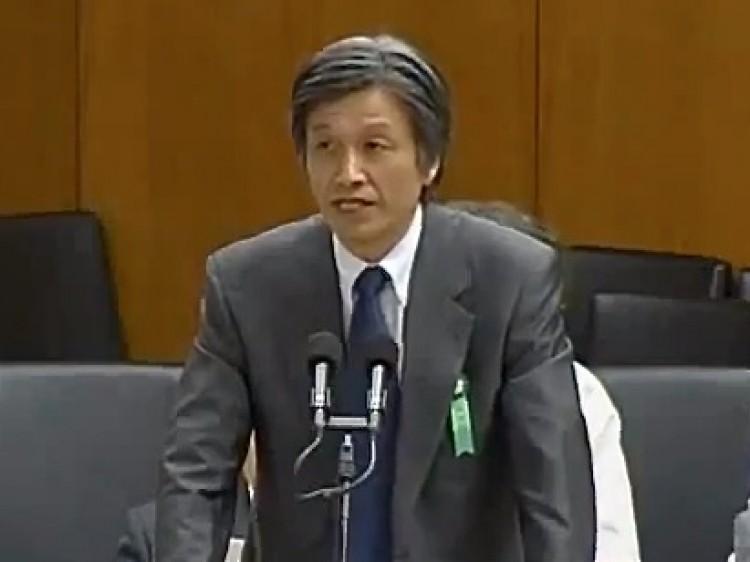
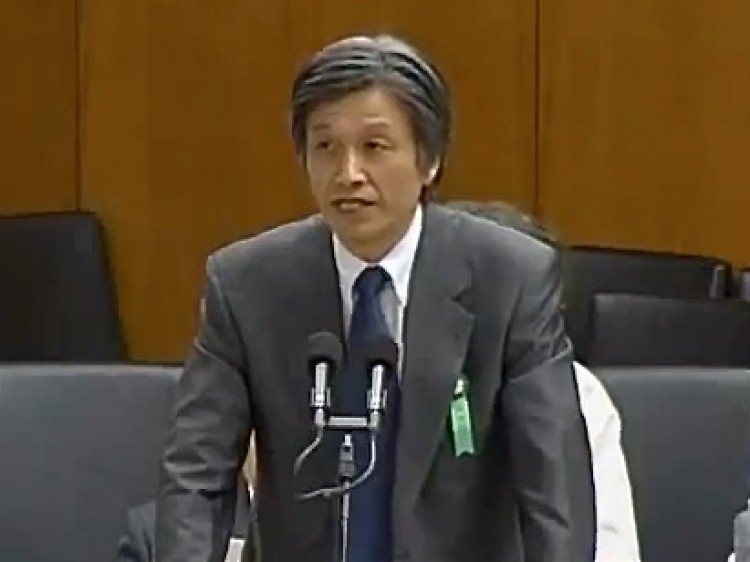
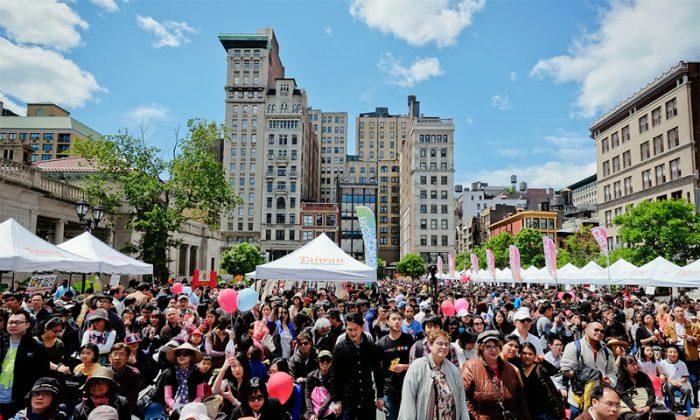
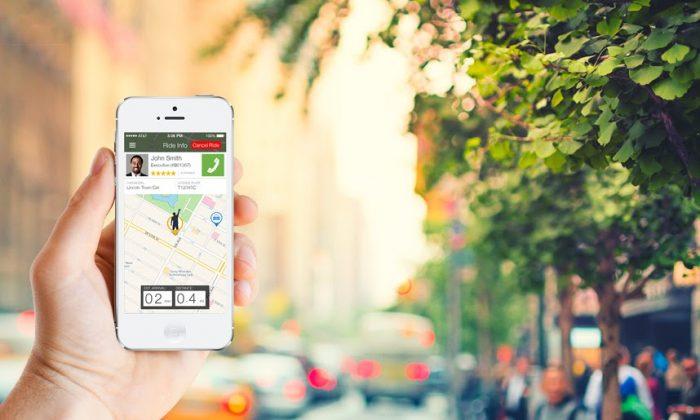

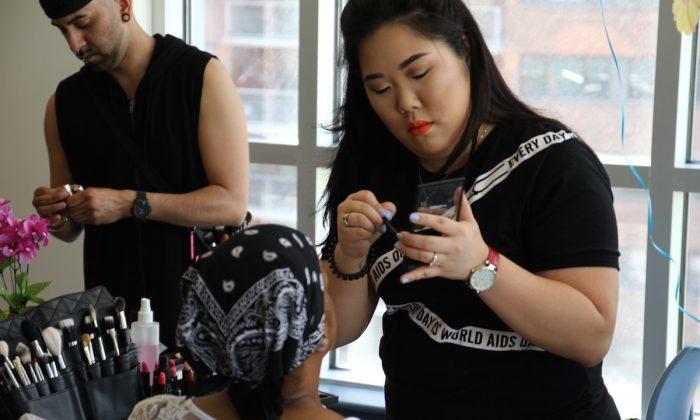
Friends Read Free